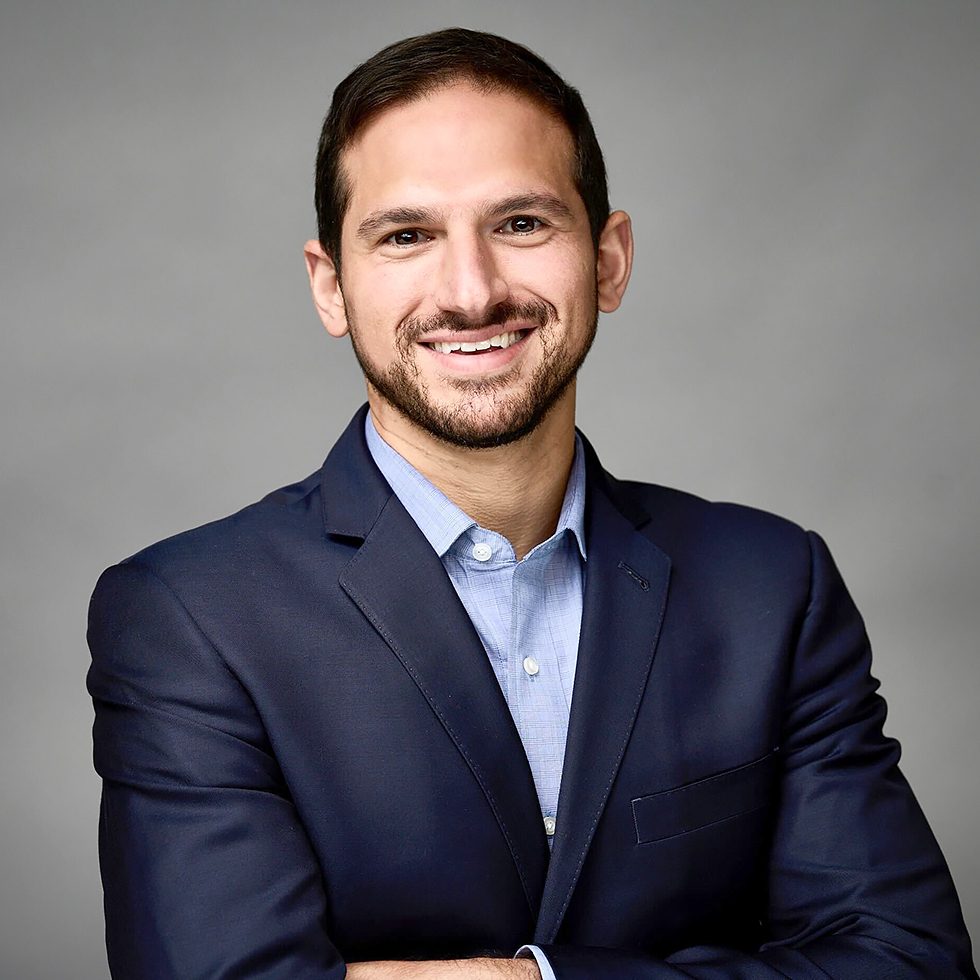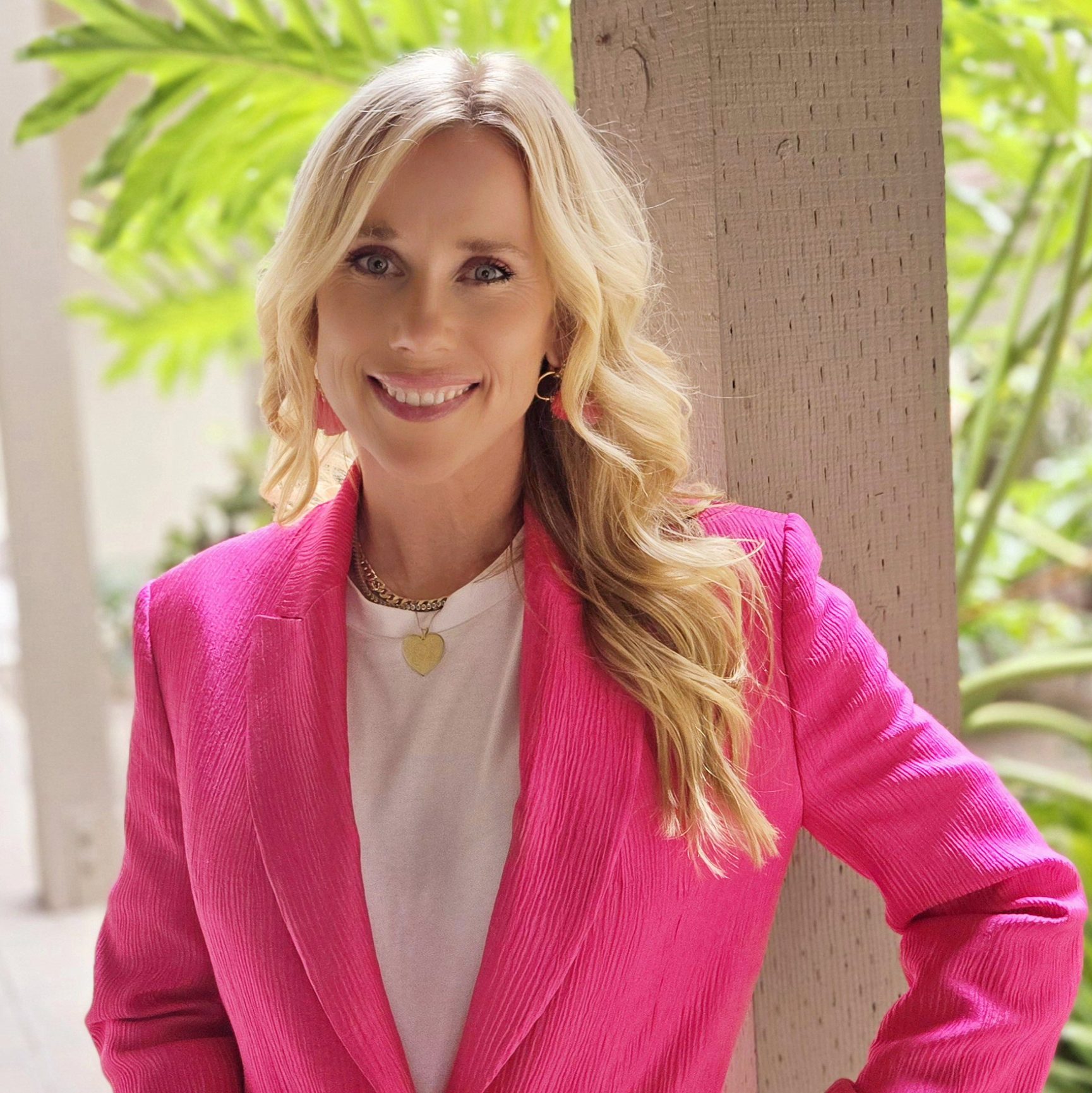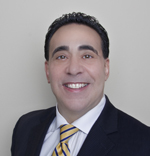While many advisors and RIAs choose independence, many also choose the employee channel when being recruited, both inside and outside the wirehouses.
Both avenues offer distinct advantages and advisors need to weigh the motivating factors for each opportunity, says Michael Terrana, President and CEO of TERRANA GROUP.
Advisors choosing the employee channel often value stability, access to firm resources, and a structured environment, he says. “They’re prioritizing steady income and a supportive environment without the burden of administrative tasks,” Terrana says.
An advisor who chooses to be independent in part seeks a more tangible freedom and a flexible work/life balance. “They’re motivated by the desire to shape their own practice and maximize professional autonomy,” he says.
WSR spoke to Terrana and three other recruiting experts to explore the thought process, circumstances and trends they are seeing as advisors weigh their career choices.
What Advisors Consider As They Decide On An Affiliation Model

Louis Diamond, CEO of Diamond Consultants, concurs with Terrana, saying that the ultimate pathway advisors choose seems to come down to what they value in a work environment – stability or freedom.
Advisors who want to become employees often value simplicity and administrative support, he says. They may also be persuaded to become an employee because they see strength in being part of a known brand and may get a big upfront deal. For independent advisors, being an owner and the chance to build long-term enterprise value are added attractions.
Ownership of client relationships often is another critical reason advisors choose independence, says Jodie Papike, CEO of Cross-Search. “An advisor who prioritizes full control and ownership of their practice is going to choose the independent channel every time over the employee channel,” she says.

Jeff Nash, CEO and Co-Founder of Bridgemark Strategies, points to some nuances in advisors’ reasons to join or stay with a firm. The driving forces for an advisor seeking to partner with a larger firm or join as a W-2 employee often include opportunities for diversification, monetization and growth. He suggests it is W-2 advisors making lateral moves who are the ones wanting simplicity of the administrative tasks that distract from spending time with clients and prospects.
Age may dictate whether advisors work as employees or want to try their hand at being independent, and Diamond suggests that advisors who are nearing retirement may opt for the employer model for the stability as they wrap up their career.
People who still have a longer career path are likely to start their own shop, he adds. Advisors who are still earlier in their journey or feel limited by bureaucracy may see independence as a way to take back control and unlock greater potential. “With valuations at an all-time high, it’s hard for advisors to ignore the power of ownership these days,” he says.
Terrana notes advisors who are starting out may choose the employee path, but he sees experienced advisors with established client bases, a strong entrepreneurial drive, or a desire for greater income and autonomy are more likely to lean toward independence.
Sometimes sticking with what you know may be why advisors stay at a firm for their careers, Nash says. One factor he’s observed that may nudge an advisor to fly out of the corporate nest is family influence.
“Over the years, I’ve noticed that W-2 advisors with a family member who is or was a business owner seem much more interested in leaving the W-2 world and becoming a 1099 independent advisor,” he says.
The Bright Line Is Blurring

In the past, there was a bright line dividing who was an independent advisor and who worked at firm, but those distinctions are changing, the experts say.
“The current environment is much less clearly defined. Many RIAs have employee advisors,” Papike notes. “Several independent broker dealers offer an employee option for affiliation. It is critically important advisors understand the differences especially when it comes to signing a contract and what that could mean for their business in the future.”
Nash says he’s also noticed that when independent advisors opt to join a firm, they’re unlikely to join traditional wirehouses or a regional broker-dealer. Instead, they are more likely to choose RIAs offering the W-2 model and a partnership structure.

The move to independence has been going on for a decade, Nash says, and that’s not going to slow down. Terrana says by 2027, nearly 30% of industry assets will be managed by independent or hybrid RIAs, “which reflects a healthy shift toward independence,” he says.
What’s helped is that being an independent advisor is now viewed as a legitimate, professionalized path and not a risky leap, Diamond says. To stay competitive, employers now offer more flexibility and customization to entice advisors to become workers.
“There’s a convergence even between employee and independent these days with some firms offering book ownership as an employee,” he says.
The experts also counseled advisors who are weighing their options. Advisors need to consider what their goals are, if it’s building a business or growing within one and to consider the tradeoffs of each, including control, support and long-term economics.
They also need to think about their own tolerance for risk versus the need for stability. Consultants can help advisors weigh pros and cons of either decision.
Papike says she’s biased toward the independent model but also offers the following: “My advice for any advisor would be to make decisions not only for their immediate needs, but also for where they see their business going in the future.”
“If an advisor is joining an employee model, I also advise them to thoroughly understand their contract and what restrictions would be in place if they ever decided to change firms,” she says.
The experts urged advisors to take their time as they make decisions and conduct due diligence in their research.
“Surround yourself with objective voices, ask the hard questions, and take the time to explore all options. The right path should align with your vision and not someone else’s. If on a team, there are numerous ‘middle ground’ options where everyone can win,” Diamond says.
Debbie Carlson, Contributing Editor at Wealth Solutions Report, can be reached at ContributingEd@wealthsolutionsreport.com.












